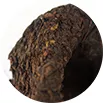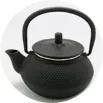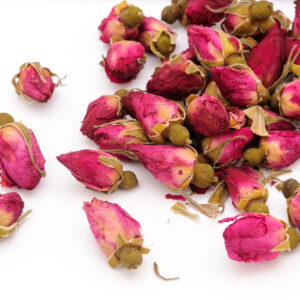Termín Ming Qian Cha – 明前茶 Before Qing Ming, i.e., harvested in early spring when the leaves are supposedly of the highest quality, assuming e.g. the cultivar has not been solely developed for an early pluck. It literally means teas harvested before the spring festival of Qing Ming-清明 (early April).
Meng Ding Yu Ye Zhang Chun
Please, login to see prices and buy
“Long spring jade leaves” – Tiny flat leaves from a fine harvest – only a bud and a leaf.
When dry, it smells wonderfully fresh and fresh of spring herbs or flowering meadows. The taste is uplifting, sparkling and slightly spicy. Aftertaste gets on the palate. Fresh light tea, ideal for enjoying spring.
Additional information
| Weight | N/A |
|---|---|
| Origin | |
| Place | |
| Harvest | |
| Designation | |
| Character |
Related products
Ya Shi Dao Hua Xiang
An excellent tea with a traditional but not very tempting name - "The smell of duck droppings". The tea itself has one of the most amazing aromas that Dan Cong type teas can offer - delicious and full at the same time, charming, reminiscent of rice flowers, smooth and very sweet with complex floral tones and a long-fading aftertaste.

































